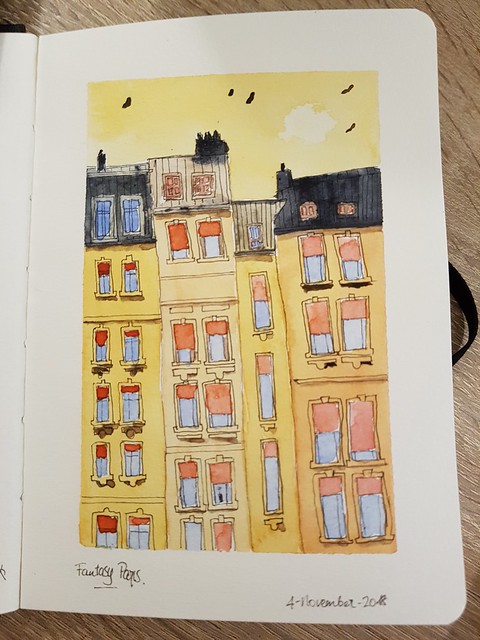It is just 25 minutes. 25 minutes out of your day. Can’t you just find 25 minutes to do a bit of sport and live better?
Argghh
Every time I go running, I think about this utterly predictable conversation. I had it with a gym instructor in Dublin too. It’s only an hour out of your day, Treasa.
It never is.
I spent most of the day cooped up in the apartment today and I hadn’t slept well last night. Eventually I decided to go out for a “run”. If my Garmin were a human they’d be balled over in fits of laughter at my notion of a run but it’s a couple of months since I tried and that, along with the fact that wet leaves made a skating rink of my usual route meant that I wasn’t running very fast.
The actual run itself amounted to 27 minutes which is like yay. Usually I target around 25 minutes. It’s only 25 minutes.
But.
From the point that I decided to go running and put that decision into action, to the point that I was back dressed in human level clothes and ready to continue with the non-running focused part of my day took from 5.58 to 7.20.
The point is this: when you decide to go running, you have to change into running gear and when you come back from running, you have to change out of running gear, usually via a shower. Today the changing into running gear bit was fast. I’ve yet to meet a male running/gym instructor who has understood that getting into a sports bra is hard work. Today it took 30 seconds and that is ca 10 minutes faster than usual. I have breasts, end of.
The run itself wasn’t bad mostly because the yardstick I judge runs by, ie, this one run I did in August 2017 in a thunderstorm where I got drenched and wanted to hit many people by the end of it, was so much worse. This was a benign run, marked only by passing a police car at some stage, and realising that running on wet leaves on concrete was a bad idea. I didn’t run a whole pile of it; maybe more than I expected, a lot less than the last time. My reward was 3 blisters across both my ankles. I’ve run with the shoes in question before but in truth, I don’t much like them which is annoying as they are the latest model of the previous pair which I loved.
The run itself was 27 minutes, apparently 2.8 KM, and yes I know that’s basically walking pace, but it’s faster on average than the previous one even if I ran less of it. I’m not sure how I might be fitter as I haven’t been walking much since the whole tram thing came online.
I’m an organised person so the whole getting ready to go out running is sharp. The running gear is hanging at the end of my wardrobe, and my shoes are within reach. There is always a sports bra to hand along with running trousers and a top. I do not have to dig for anything. The running bag which I use to carry my phone, a bottle of water and a copy of my identity papers just in case I ever get raped and or murdered is to hand and always ready. I always have a bottle water. Aside from getting into the sports bra, the prep is seamless and takes ten minutes.
The far end of the run involves a shower, drying up and tidying up the sports gear, making sure that there is a running kit ready to go the next time.
If you’re going to say to me that it’s only 25 minutes I can only assume that you don’t change out of normal clothes to go running and you don’t have a shower afterwards.
In other words, have you considered that you might smell at all?


